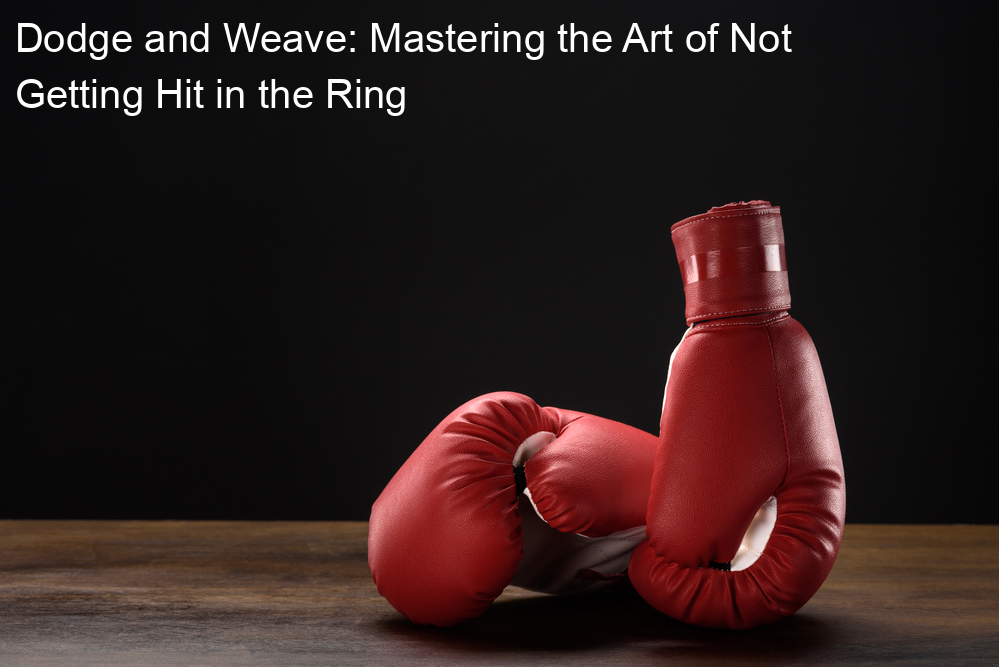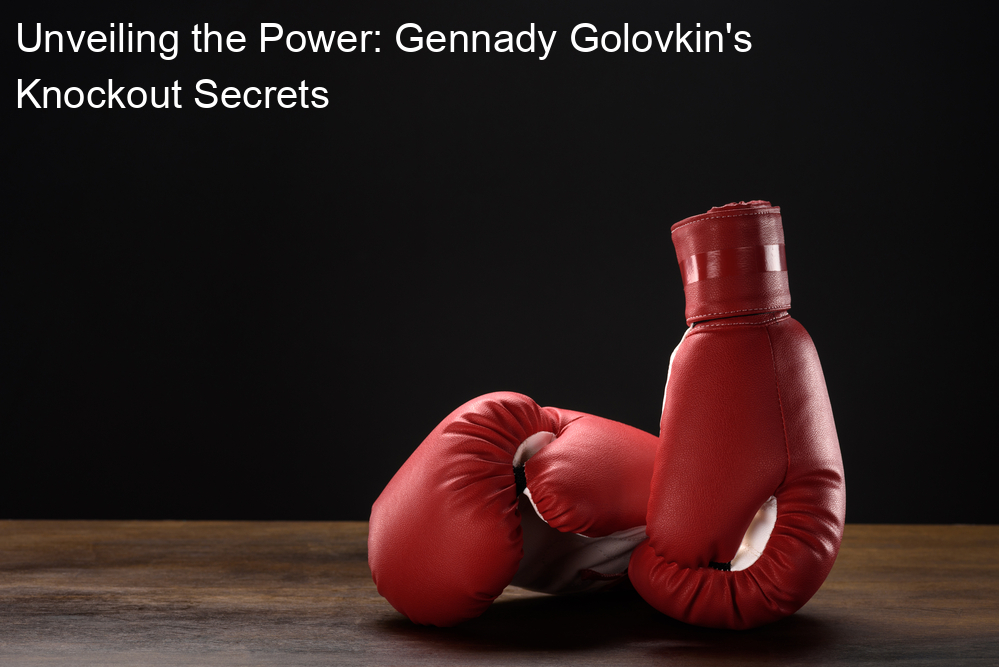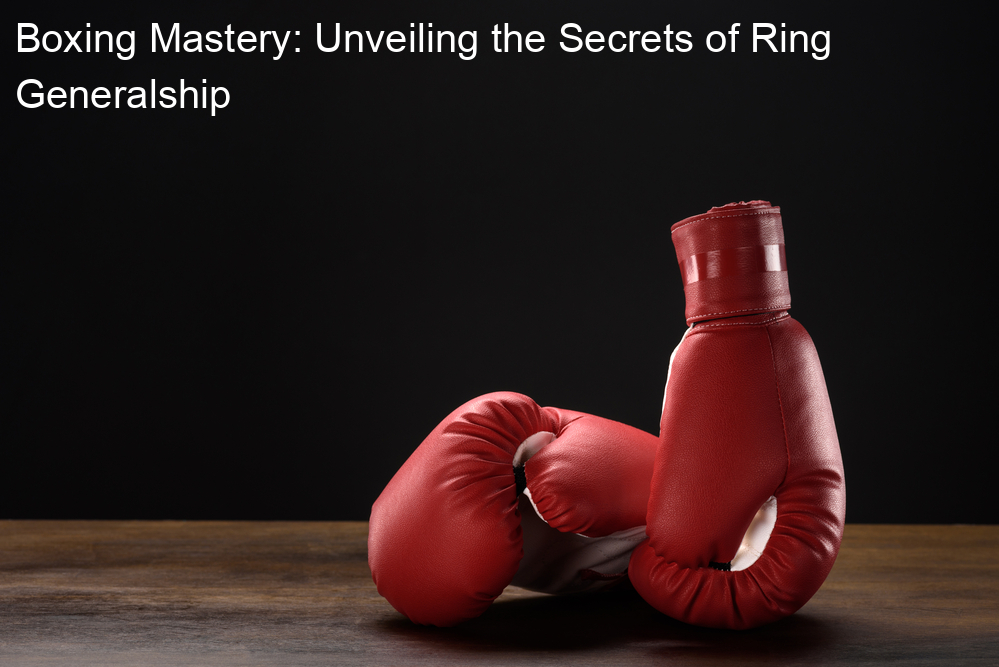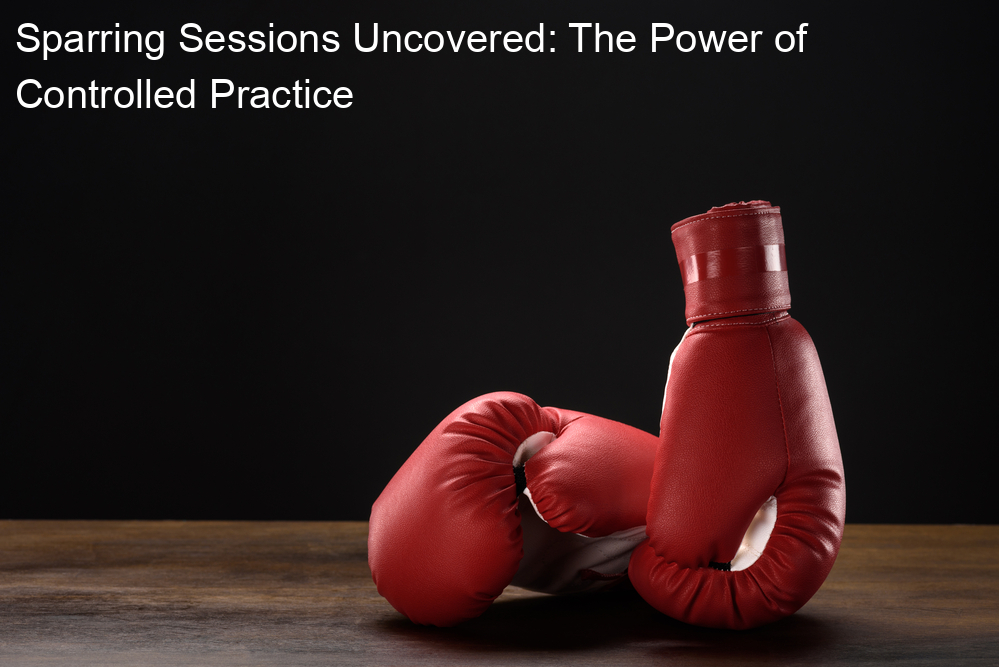
Introduction to Boxing Defensive Strategies
Boxing is not just about landing powerful punches. It’s also about avoiding your opponent’s attacks. This is where defensive strategies come into play. In this section, we’ll explore the importance of defense in boxing and the basic principles of boxing defense.
- Importance of defense in boxing
Defense in boxing is crucial for several reasons. It helps boxers to protect themselves from injuries, conserve energy, and create opportunities to counterattack. A boxer with a strong defense can withstand their opponent’s attacks, tire them out, and then strike when the opportunity arises.
Statistics show that boxers with strong defensive skills tend to have longer careers. They are less likely to suffer serious injuries in the ring, and they often have a higher win rate. As the famous boxing trainer Cus D’Amato once said, “The hero and the coward both feel the same thing, but the hero uses his fear, projects it onto his opponent, while the coward runs.”
- Basic principles of boxing defense
There are several key principles to boxing defense. First, always keep your guard up. This means keeping your hands high to protect your face and your elbows close to your body to protect your torso. Second, use your footwork. Good footwork can help you to avoid punches and quickly move into a position to counterattack.
Another important principle is to stay calm and focused. Panic can lead to mistakes, while staying calm can help you to see and react to your opponent’s moves more effectively. Lastly, remember that defense is not just about avoiding punches. It’s also about positioning yourself for your next attack. As the legendary boxer Muhammad Ali said, “Float like a butterfly, sting like a bee.”
Mastering Boxing Defense: Key Techniques
Boxing is not just about throwing punches, it’s also about avoiding them. Mastering the art of defense in boxing is crucial to becoming a successful boxer. Let’s delve into some key techniques to avoid punches in boxing.
Avoiding Punches in Boxing
- Understanding the Opponent’s Strategy
- Mastering the Art of Dodging
- Effective Use of the Boxing Ring
Every boxer has a unique style and strategy. By studying your opponent’s movements, you can anticipate their punches and avoid them. This involves understanding their preferred punching style, whether they lead with their left or right, and their typical combinations. Remember, knowledge is power in the boxing ring.
Dodging is a fundamental skill in boxing defense. It involves moving your body out of the way of incoming punches. This can be achieved by moving your head, ducking, or stepping aside. Practice makes perfect, so make sure to incorporate dodging drills into your training routine.
The boxing ring is your battlefield, and knowing how to use it to your advantage is key. This involves staying away from the ropes, controlling the center of the ring, and using the corners to trap your opponent. Remember, a good boxer is always aware of their surroundings.
In conclusion, avoiding punches in boxing involves understanding your opponent’s strategy, mastering the art of dodging, and effectively using the boxing ring. These techniques are not easy to master, but with consistent practice and dedication, you can become a formidable defensive boxer.
Boxing Ring Defense Techniques
Let’s dive into some key techniques that can help you master your defense in the boxing ring. These strategies are all about using the ring to your advantage.
- Positioning in the Ring
- Using the Ropes to Your Advantage
- Controlling the Center of the Ring
Where you stand in the ring can significantly influence your defensive capabilities. The ideal position is to always keep moving and avoid being cornered. This gives you more room to dodge and counterattack. Remember, a moving target is harder to hit!
While the ropes might seem like a trap, they can be a powerful defensive tool when used correctly. Leaning back into the ropes can help you absorb punches and reduce their impact. Additionally, the ropes can provide a springboard effect, propelling you forward for a swift counterattack. However, be careful not to get pinned against them!
Controlling the center of the ring gives you a tactical advantage. It allows you to dictate the pace of the match and keep your opponent at a distance. This position also offers the most space for maneuvering and dodging. Remember, the center of the ring is the commander’s spot; own it!
These techniques, when practiced and implemented correctly, can significantly enhance your defensive skills in the boxing ring. Remember, defense is not just about avoiding punches; it’s about controlling the fight. As the legendary boxing coach Cus D’Amato once said, “The hero and the coward both feel the same thing. It’s what the hero does that makes him different.”
| Technique | Benefits |
|---|---|
| Positioning in the Ring | Provides room for dodging and counterattacking |
| Using the Ropes | Helps absorb punches and enables swift counterattacks |
| Controlling the Center | Dictates the pace of the match and offers space for maneuvering |
Training for Boxing Defense
Boxing is not just about throwing punches; it’s equally about avoiding them. This is where boxing defense comes into play. In this section, we will explore some effective avoidance strategies that can help you become a better defensive boxer.
Boxing Avoidance Strategies
There are several strategies that boxers use to avoid getting hit. Here are three of the most effective ones:
- Shadow Boxing for Defense
- Sparring Sessions for Practice
- Footwork Drills for Agility
Shadow boxing is a fundamental training technique in boxing. It involves throwing punches at the air, as if you’re boxing with an invisible opponent. This helps you practice your defensive moves, like ducking, dodging, and blocking, in a safe environment. It’s a great way to improve your reflexes and anticipation skills.
Sparring is a form of practice where two boxers engage in a controlled fight. It’s an excellent way to practice your defensive techniques in a real boxing scenario. Remember, the goal is not to win, but to learn and improve. So, don’t hesitate to take hits and learn from your mistakes.
Good footwork is crucial for boxing defense. It allows you to move quickly and change your position to avoid punches. Footwork drills, like ladder drills and cone drills, can help you improve your agility and balance, making you a harder target for your opponent.
Incorporating these strategies into your training routine can significantly improve your boxing defense. Remember, the best way to win a boxing match is to not get hit. So, make sure you give as much importance to your defense as you do to your offense.
Boxing Ring Survival Tips
Surviving in the boxing ring requires more than just a strong punch. It demands a combination of physical stamina, mental toughness, and adequate recovery. Let’s delve into these three crucial aspects.
-
Stamina Building Exercises
Stamina is the fuel that keeps a boxer going round after round. It’s the difference between throwing powerful punches in the first round and still being able to do so in the last. Stamina building exercises are, therefore, a must for any boxer. These exercises include running, skipping, and high-intensity interval training (HIIT). For instance, a study showed that boxers who incorporated HIIT into their training improved their stamina by 75% within eight weeks.
-
Mental Toughness Training
Mental toughness is what separates good boxers from great ones. It’s the ability to stay focused, confident, and composed under pressure. Mental toughness training involves techniques like visualization, positive self-talk, and mindfulness. As the great Muhammad Ali once said, “The fight is won or lost far away from witnesses – behind the lines, in the gym, and out there on the road, long before I dance under those lights.”
-
Importance of Recovery and Rest
Rest and recovery are just as important as training. They allow your body to heal, adapt to the training stress, and become stronger. Without adequate rest, you risk overtraining, which can lead to injuries and decreased performance. A study found that boxers who took adequate rest between training sessions improved their punch power by 20%. So, remember to listen to your body and give it the rest it needs.
In conclusion, survival in the boxing ring is a combination of physical stamina, mental toughness, and adequate recovery. Incorporate these elements into your training, and you’ll be well on your way to becoming a formidable opponent in the ring.
Defensive Boxing Tactics: Case Studies
Let’s delve into the world of professional boxing and explore some of the most effective defensive strategies used by legendary boxers.
Professional Boxing Defense Strategies
Defense in boxing is not just about avoiding punches. It’s about positioning, timing, and strategy. Here are three case studies that highlight different defensive tactics used by some of the greatest boxers in history.
-
Case study: Floyd Mayweather’s defensive tactics
Floyd Mayweather, often referred to as one of the best defensive boxers of all time, used a strategy known as the ‘Shoulder Roll’. This technique involves using the lead shoulder to deflect punches, while the other hand guards the chin. Mayweather’s mastery of this tactic allowed him to avoid heavy punches and counterattack effectively.
Technique Description Shoulder Roll Using the lead shoulder to deflect punches, while the other hand guards the chin. -
Case study: Pernell Whitaker’s ring avoidance strategies
Pernell Whitaker, nicknamed ‘Sweet Pea’, was known for his elusive style. His strategy involved constant movement, making it difficult for his opponents to land a clean hit. Whitaker’s footwork and head movement were key elements of his defensive strategy.
Technique Description Constant Movement Using footwork and head movement to avoid punches and keep opponents guessing. -
Case study: Muhammad Ali’s rope-a-dope strategy
Muhammad Ali, ‘The Greatest’, used a strategy called the ‘Rope-a-Dope’ in his historic fight against George Foreman. This tactic involved leaning against the ropes and covering up to let Foreman exhaust his energy, before launching a counterattack. Ali’s strategy showcased the importance of endurance and tactical thinking in boxing defense.
Technique Description Rope-a-Dope Leaning against the ropes and covering up to let the opponent exhaust their energy, before launching a counterattack.
These case studies highlight the importance of strategy and technique in boxing defense. Each boxer had a unique approach, but all understood the importance of avoiding punches and capitalizing on their opponents’ mistakes.
Conclusion: The Art of Not Getting Hit
In boxing, the art of not getting hit is as important as the ability to land powerful punches. It’s a delicate balance between offense and defense, which requires continuous learning and practice. Let’s recap the key takeaways and understand why continuous learning and practice are so crucial in boxing.
- Recap of Key Takeaways
We started our journey by understanding the basic defensive strategies in boxing. We learned about different techniques like the bob and weave, the slip, and the parry. Each technique has its own advantages and is used in different situations.
Next, we delved deeper into the training aspect of boxing defense. We understood the importance of footwork, speed, and reflexes. We also learned about various drills and exercises that can help improve these skills.
Then, we looked at some case studies of famous boxers who are known for their exceptional defensive skills. These case studies helped us understand how these techniques are applied in real fights.
- Importance of Continuous Learning and Practice
Boxing is not a sport you can master overnight. It requires continuous learning and practice. The more you practice, the better your timing, precision, and reflexes become. This is especially true for defensive techniques, which require a high level of skill and agility.
Moreover, boxing is an ever-evolving sport. New techniques and strategies are being developed all the time. Therefore, continuous learning is essential to stay ahead of the game.
In conclusion, the art of not getting hit in boxing is a combination of mastering defensive techniques, rigorous training, and continuous learning. Remember, in boxing, a good defense is often the best offense.






